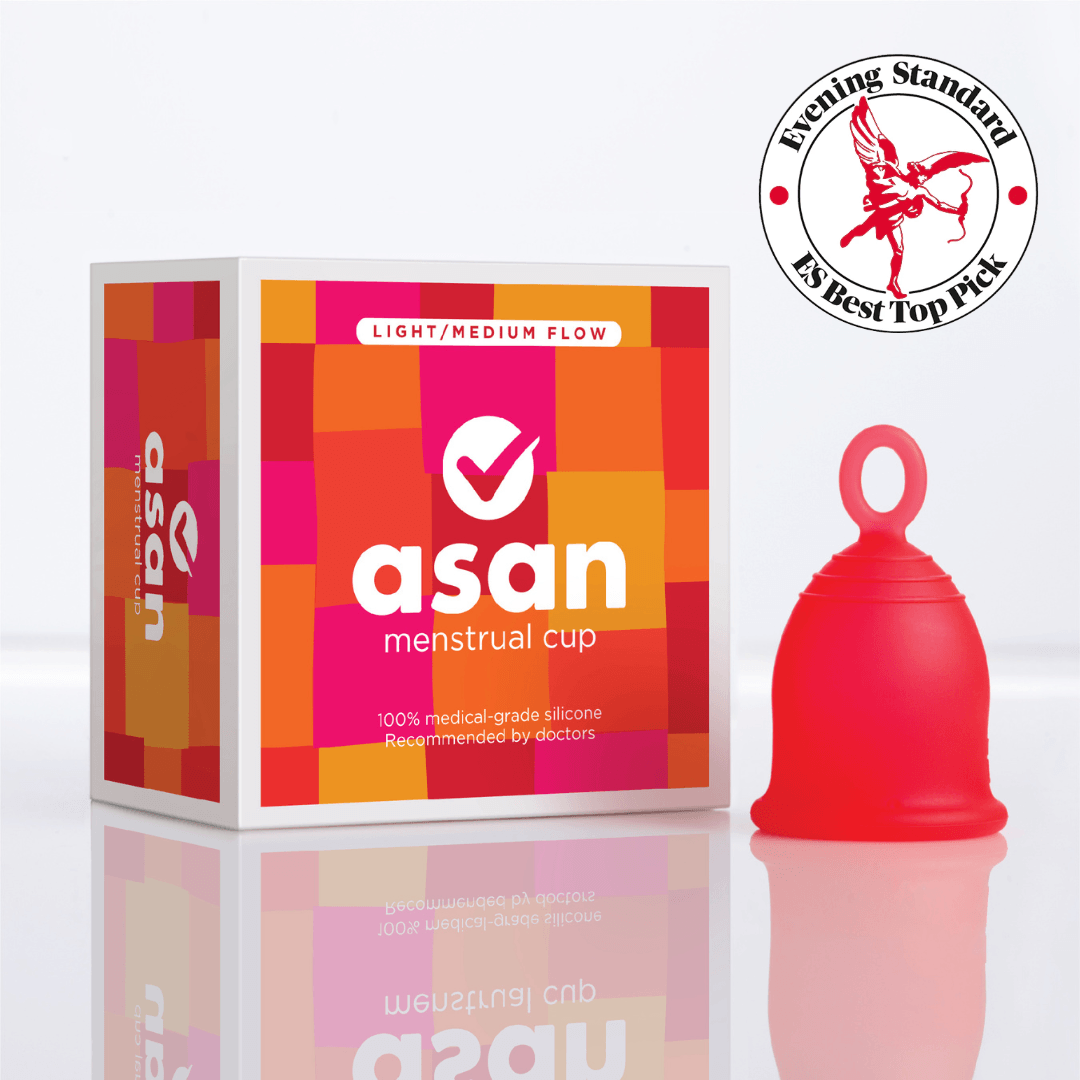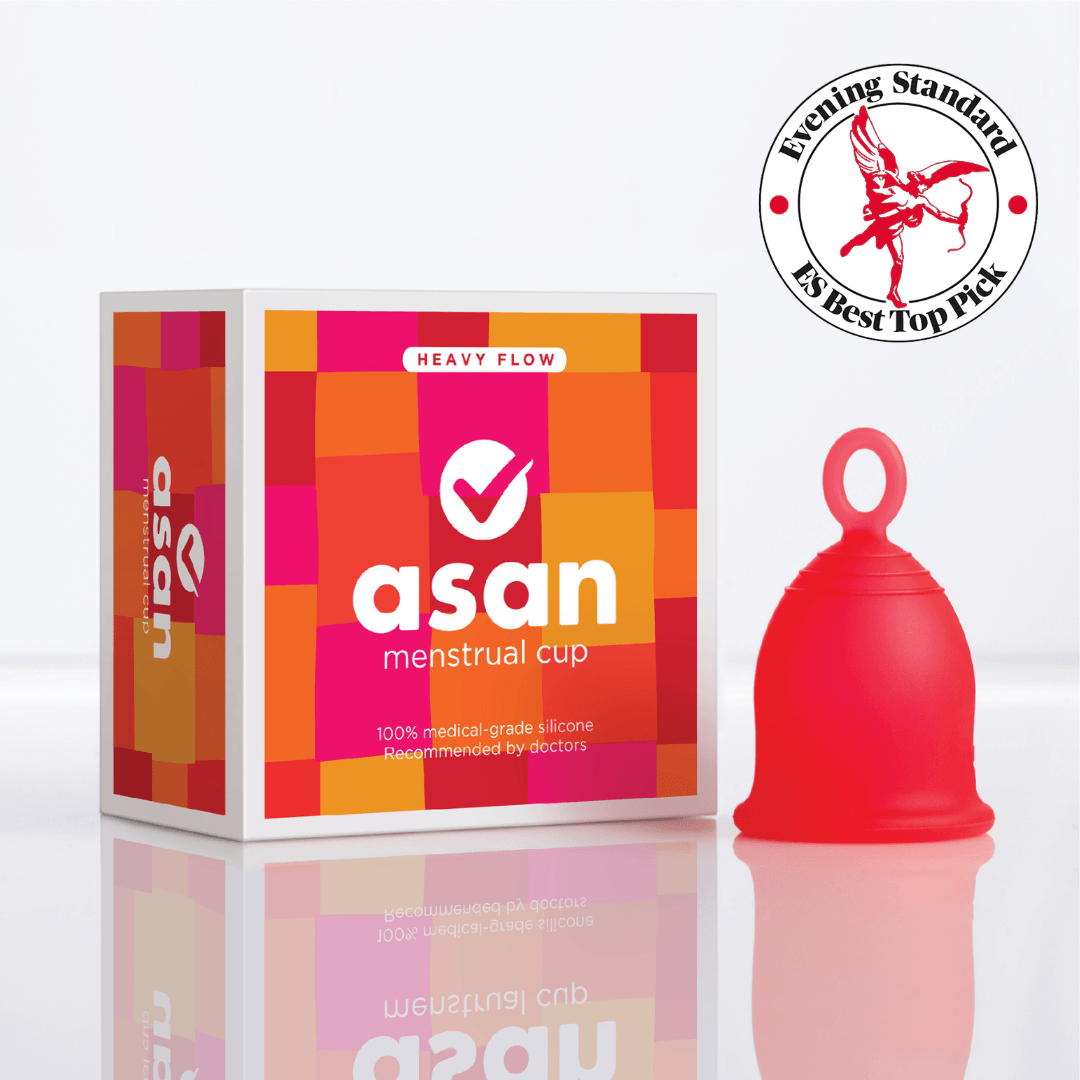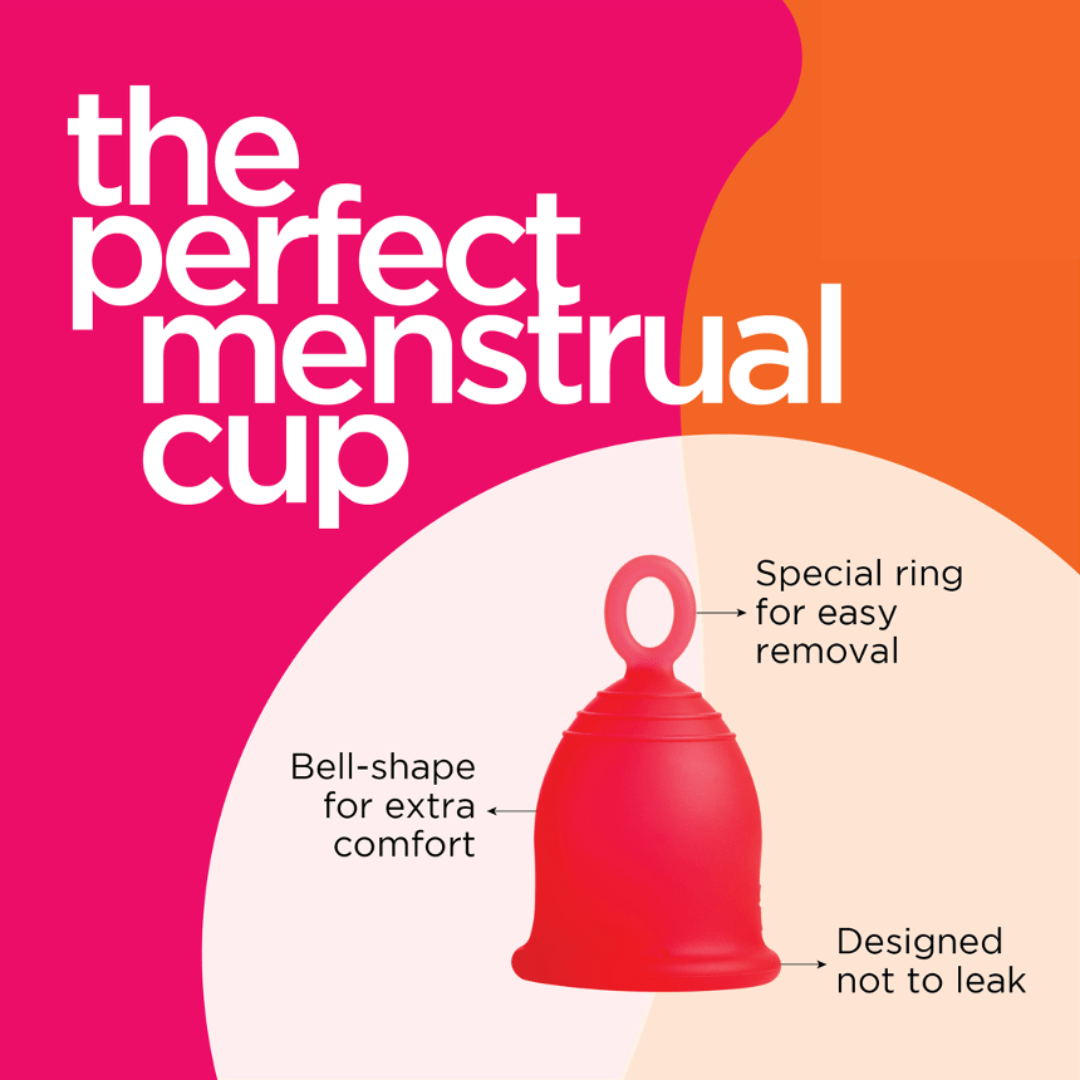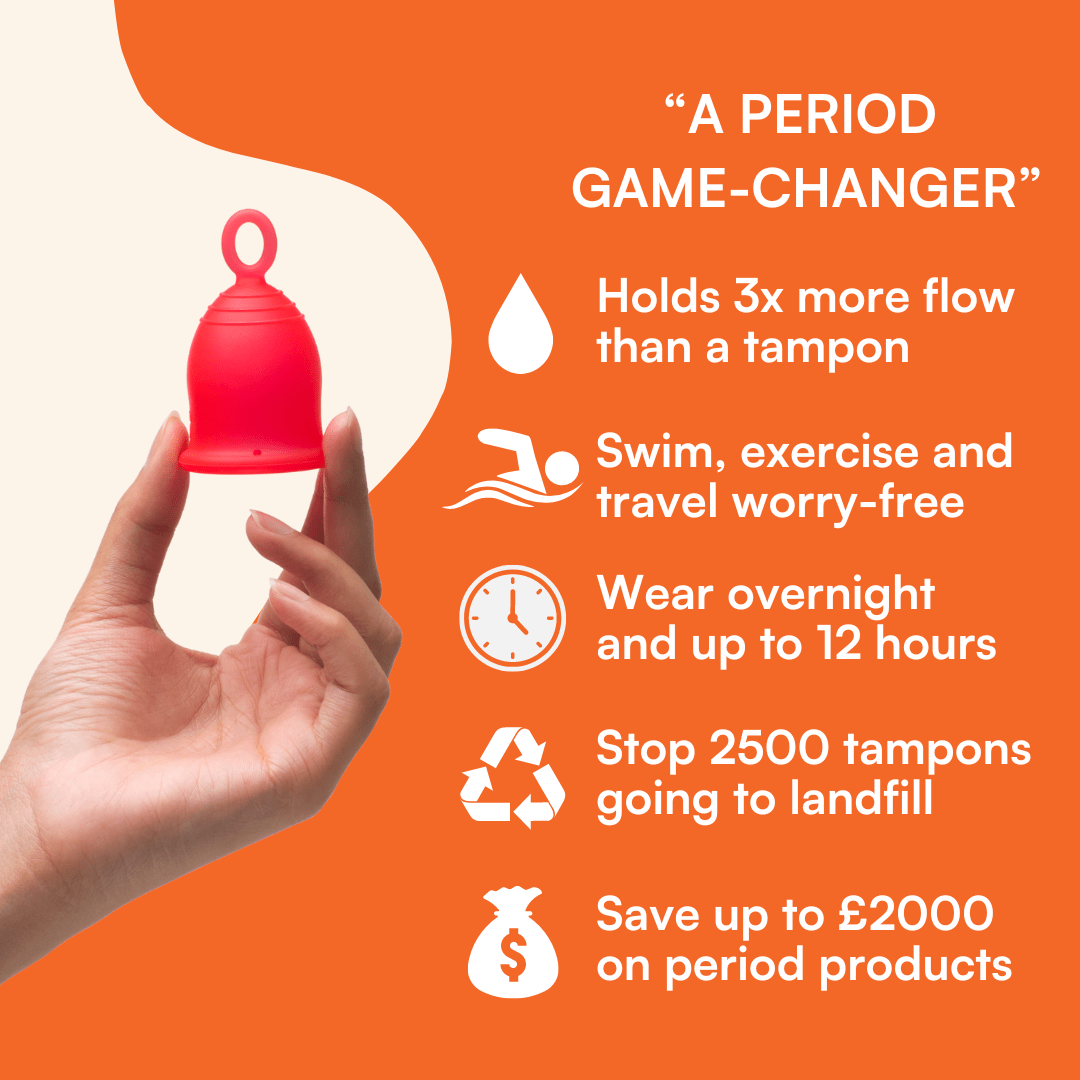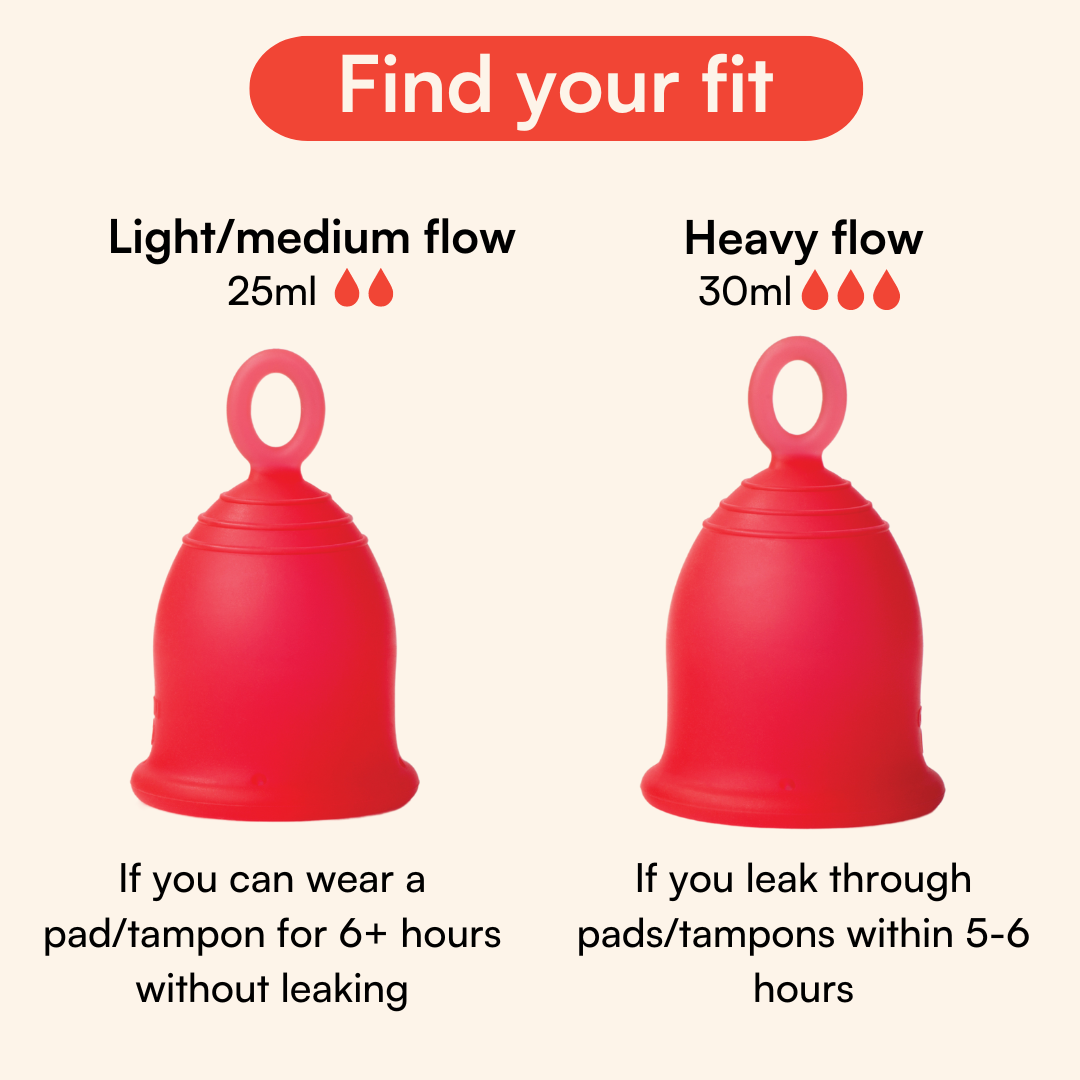
what is period poverty?
Period poverty is an ongoing global crisis where millions of women, girls and non-binary people across the world do not have a safe way to manage their periods.
Most people think period poverty is just about access to period products such as pads and tampons – but in reality, this is a complicated topic and there are many different challenges to period care.
At Asan, we define period poverty not in terms of access to hygiene products, but rather in terms of safety – we believe that period poverty is about whether or not you can have a safe period, and many factors go into determining this.
In this blog we will talk about three key challenges that determine whether you can have a safe period: access to safe resources, access to a safe environment, and finally, access to safe period products.
#1 access to safe resources
In order to safely manage your periods there are some vital resources that you need, such as clean water, toilets, and dustbins. Below are some critical resources that are needed for a safe period:
- Clean water: Access to clean water is a fundamental human right. In terms of period care, a sufficient supply of clean water is important to ensure that you are able to regularly clean yourself during and after your period cycle.
- Clean toilets: Period poverty can also be induced through a lack of built infrastructure. Periods are personal, and it is necessary for every woman and girl to have access to a private space and a clean toilet to manage her menstruation.
- Waste disposal systems: When using disposable period products (such as pads and tampons), it is important to have a safe disposal system, such as dustbins that are regularly emptied.
In Asan’s field work in rural India, we often come across communities who can access sanitary pads, but who do not have access to safe resources.
For example, a young girl who is given free pads at school but doesn’t have a safe way to dispose of this pad may still suffer from period poverty – because she has to go through unsafe period practices.
If the school does not offer a clean space to change pads and the girl has a lengthy journey to and from school, meaning she can’t go home to change her pad, then she has to carry soiled pads in her bag – which is a very common experience. This is not only unsanitary but also contributes to anxiety and mental distress.
Similarly, in villages that are not connected to waste disposal systems, plastic sanitary pads often have to be burnt by each woman or girl – resulting in breathing in unhealthy and toxic chemicals.
#2 access to a safe environment
Just as critical as safe resources is a safe environment or community, which provides a space to ask questions and address concerns about how to improve period practises.
Below are some of the elements that go into creating a safe environment:
- A supportive home environment: This includes supportive and trustworthy people within the home who do not shame you or promote misconceptions about periods
- Education and awareness: This includes school and community education about menstruation, which is accurate and factual
- Access to medical care: This includes access to a local clinic or doctor, who can provide assistance when you experience issues or questions relating to your menstrual health
Asan’s work in rural India teaches us that for many women and girls, the lack of proper information about menstruation and supportive community members available is a key cause of inadequate menstrual hygiene practices and the ongoing stigma of menstruating.
This directly leads to increased stress and anxiety of having to manage your periods whilst being ‘hush-hush’ about it due to shame for menstruating.
This is why it is so important to focus on training local women that can be an active support system for the wider communities. In rural India, this support system can be provided by local NGO workers and volunteers, ASHA and Angadwadi workers, doctors, and teachers.

#3 access to safe period products or solutions
When we think of “period poverty” we immediately think of a lack of menstrual products – and hence the global response to period poverty has been to provide access to products such as sanitary pads and tampons.
However, as Asan’s definition of period poverty is around safety rather than just affordability of products, we must consider how safe different products (or even home-made solutions) are for each user.
Not all sanitary pads and tampons are safe – indeed, low-cost sanitary pads that are often distributed for free or at highly subsidised rates in rural India can be extremely bulky and uncomfortable to wear and contain toxic chemicals.
Another important point to note is that home-made solutions such as cloth pads may not always be unsafe.
If someone is using a homemade cloth in a hygienic way - which includes changing it every 6 to 8 hours, thoroughly washing it with clean water, and leaving it out to dry in the sun - then they are not necessarily suffering from period poverty as this is a perfectly safe practice.
We use the five criteria below to define whether a period product or solution is safe:
- Affordability: Is the period product affordable? Can it be easily accessed?
- Comfort and quality: Is the product or solution safe, comfortable and hygienic?
- Storage: Is there a discreet and safe way to store the product?
- Cleaning: can the product or solution be safely cleaned and maintained?
- Disposal: If the products needs to be thrown away, can this be done safely and easily?
Keeping the five criteria above in mind, Asan’s 1-for-1 donation programme is designed to ensure that no matter where you are from, you have equal access to the highest quality period product in the world.
Our menstrual cup is provided completely for free to users, in addition to extensive education about cleaning and maintaining the cup and safe period practices.
There are many organisations that are actively working together to address period poverty. To learn more, read our blogs on NGO’s in India and charities in the UK that are tirelessly working to eradicate period poverty.


